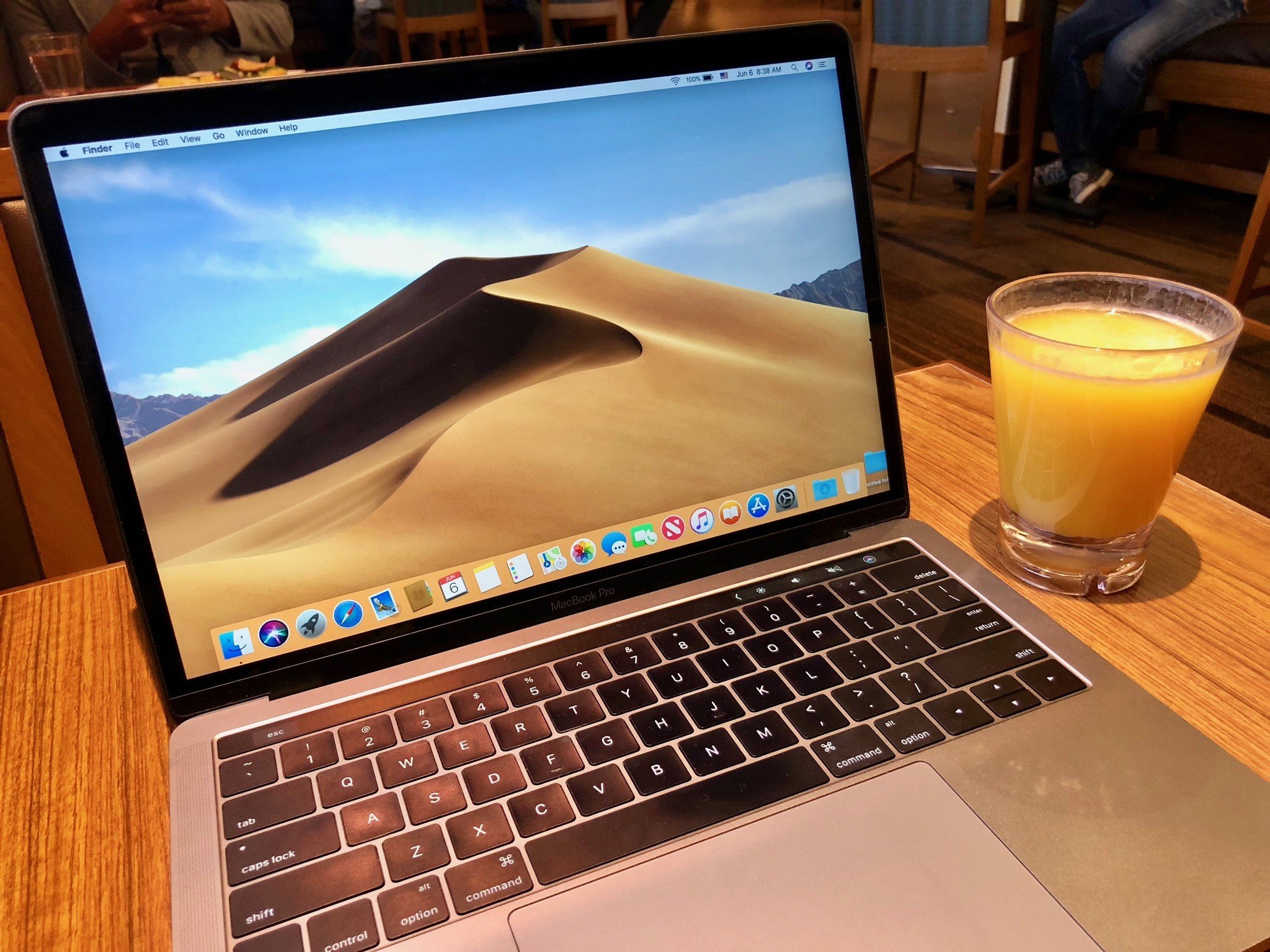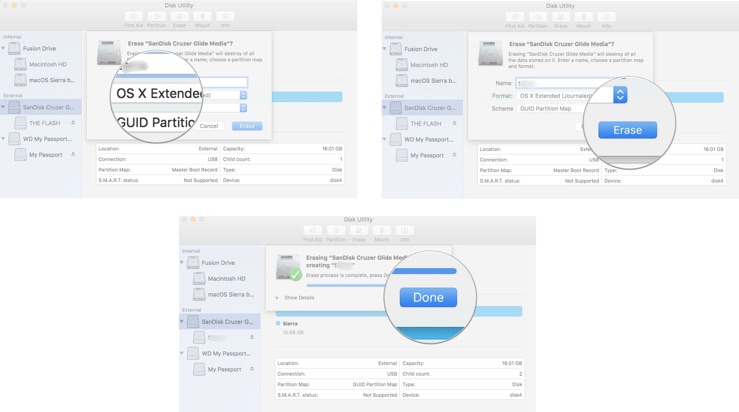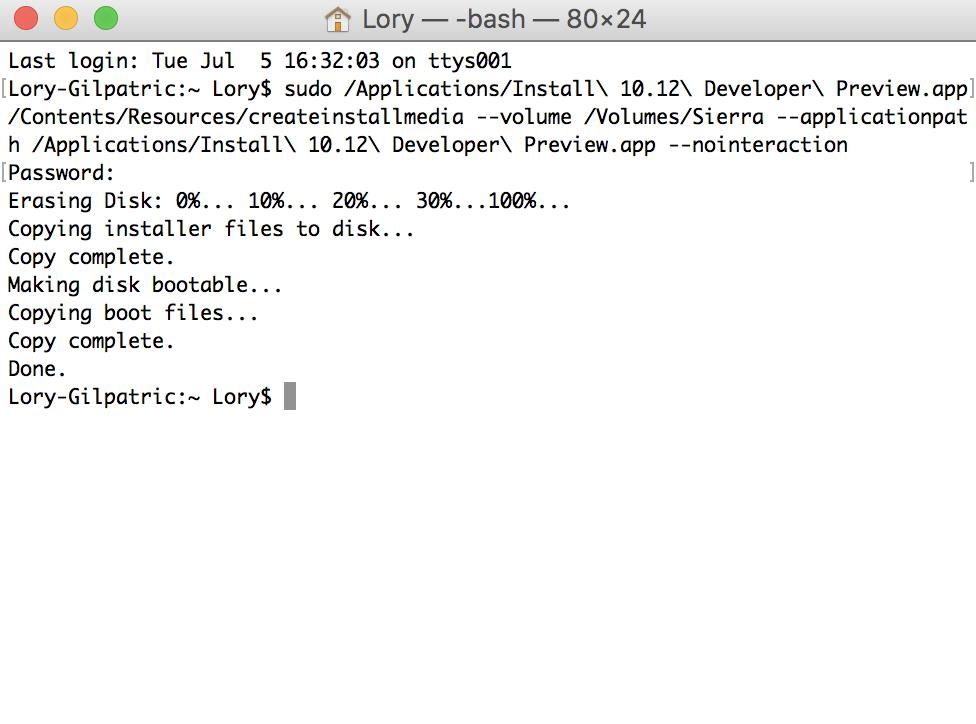The developer beta of macOS Catalina is the new hotness right now, but you may not want to keep it. You may want to go back to Mojave.
If you are planning to try out the developer beta of macOS Catalina, there is one additional set of steps you should follow. You should download a bootable copy of macOS Mojave. This allows you to have a portable installer for putting it on multiple Macs and it is also the only way to downgrade if you decide you don't like the developer beta of macOS Catalina.
- Before you start
- How to format your external drive for Mac
- How to make your external drive bootable for installing Mojave
- How to use Mojave as an installer boot drive
Before you start
Before you get started, make sure you have a thumb drive with at least 15GB of storage, or a spare external hard drive (one that you don't use with anything else).
You'll also need to download macOS Mojave from the Mac App Store.
Note: After macOS Mojave has downloaded, it will automatically begin the installation process. Close the installer instead.
Please, Please, Please, backup your Mac before you do anything.
How to format your external drive for Mac
You'll need to start with a clean thumb drive or hard drive in order to get it ready to work as a bootable drive.
- Plug the USB end of the drive to a USB port on your Mac.
- Click on Finder in your Dock to open a Finder window.
-
Select Applications from the list on the left side of the window.
- Scroll down and double-click on Utilities.
-
Scroll down and double-click on Disk Utility.
- Select your drive under External.
-
Click on the Erase tab at the top of the window.
- Note the name of your external hard drive (probably "Untitled") because you will need it when you create a bootable drive. If you have more than one external hard drive named "Untitled," you will need to rename your hard drive now.
- If your Mac is using HFS+, select Mac OS Extended (Journaled) from the format list. If your Mac is using APFS, select APFS from the format list.
- If Scheme is available, select GUID Partition Map.
- Click Erase.
- Click Done when the process is complete.
-
Close the Disk Utility window.
Your thumb drive or external hard drive is now ready.
How to make your external drive bootable for installing macOS Mojave
Important:You will need to be in your Mac's administrator account in order to run the sudo Terminal command.
- Click on Finder in your Dock to open a Finder window.
-
Select Applications from the list on the left side of the window.
- Scroll down and double-click on Utilities.
-
Scroll down and double click on Terminal.
- Recall the name of your formatted external drivewhen entering the following text into Terminal. If it is not named "Untitled," you will need to change the command syntax for the pathname where it says: Volumes/Untitled. The name of the drive can't have any spaces and it is case sensitive.
-
Enter the following text into Terminal (Don't forget to change the name "Untitled" if your hard drive is named something else):
sudo /Applications/Install\ macOS\ Mojave.app/Contents/Resources/createinstallmedia --volume /Volumes/Untitled
-
Hit the enter/return key.
- Enter your administrator account password. This is the password you use to make changes on your Mac or log in. No text will appear in Terminal when you enter the password.
- Type Y to confirm that you want to erase the drive and press return.
The process could take a very long time, depending on the drive. When it is done, the Terminal window will report "Done."
How to use macOS Mojave as an installer boot drive
Once macOS Mojave is installed on your external drive, you can boot up and install any Mac with the drive plugged into it.
- Turn off the Mac you want to install macOS Mojave with the bootable drive.
- Connect the external drive to your Mac via the USB port.
- Turn on your Mac.
- Hold down the Option key when you hear the startup chime.
- Select the external drive with macOS Mojave on it from the list of systems to start up your computer.
The installation process will begin. Follow the steps to install macOS Mojave onto your Mac or partitioned hard drive.
Do you have any questions about how to create a bootable installer drive for macOS Mojave? Let us know in the comments.
Updated June 2019: Updated for the developer beta of macOS Catalina.
from iMore - The #1 iPhone, iPad, and iPod touch blog http://bit.ly/2u3LMlU
via IFTTT







No comments:
Post a Comment